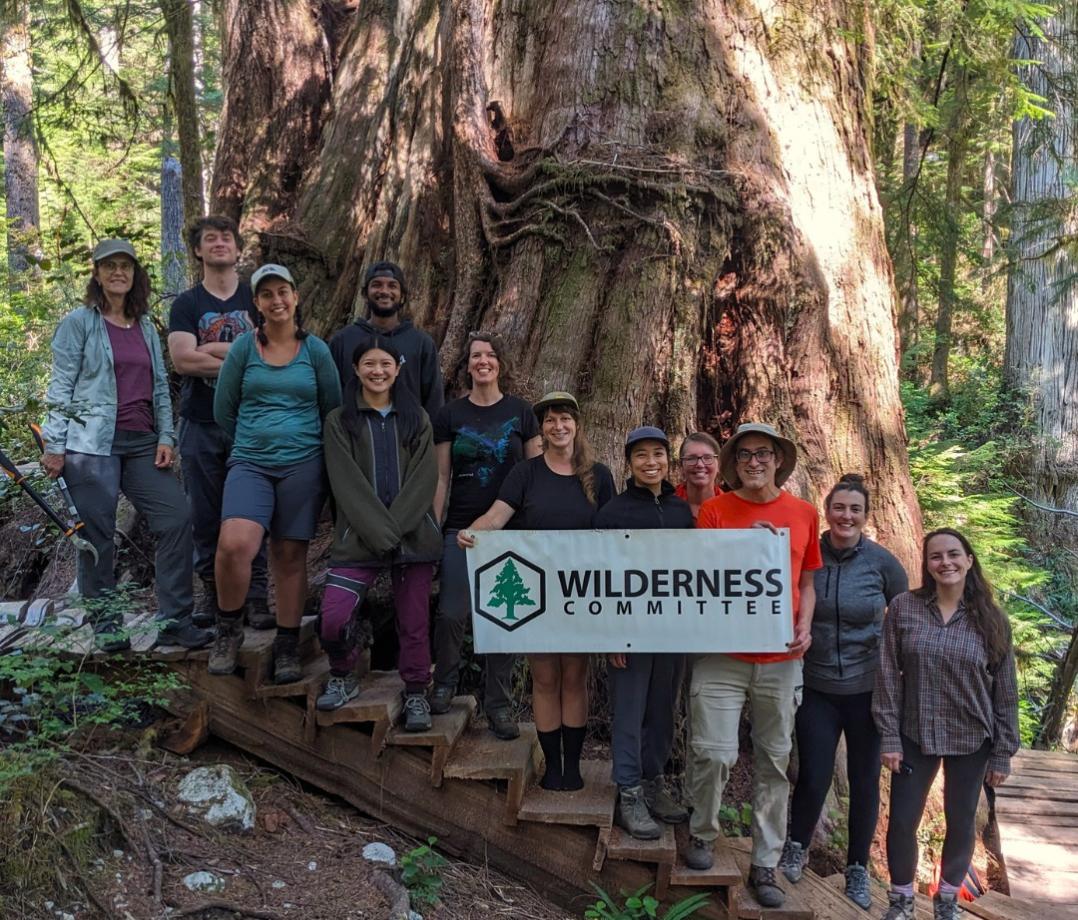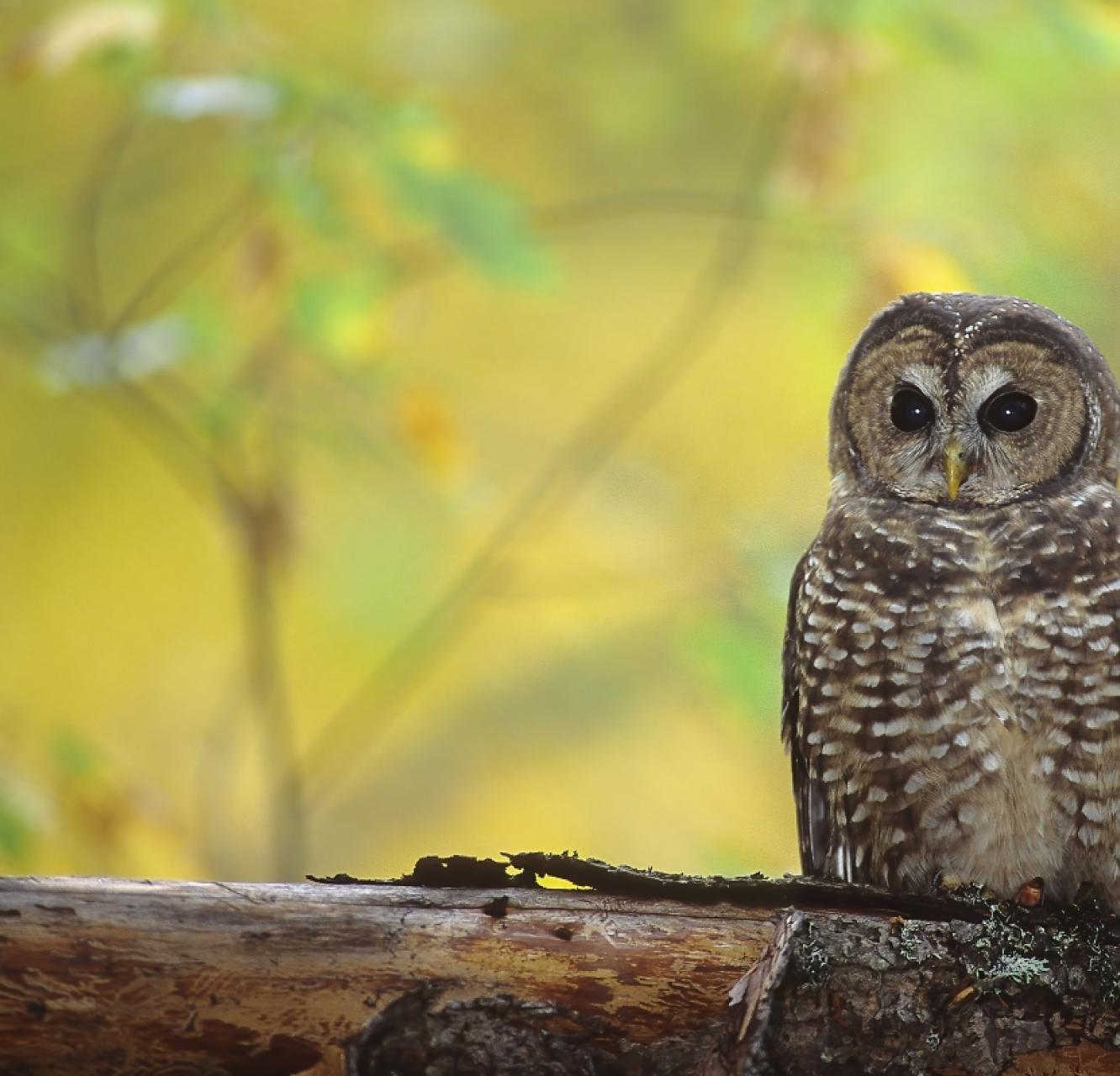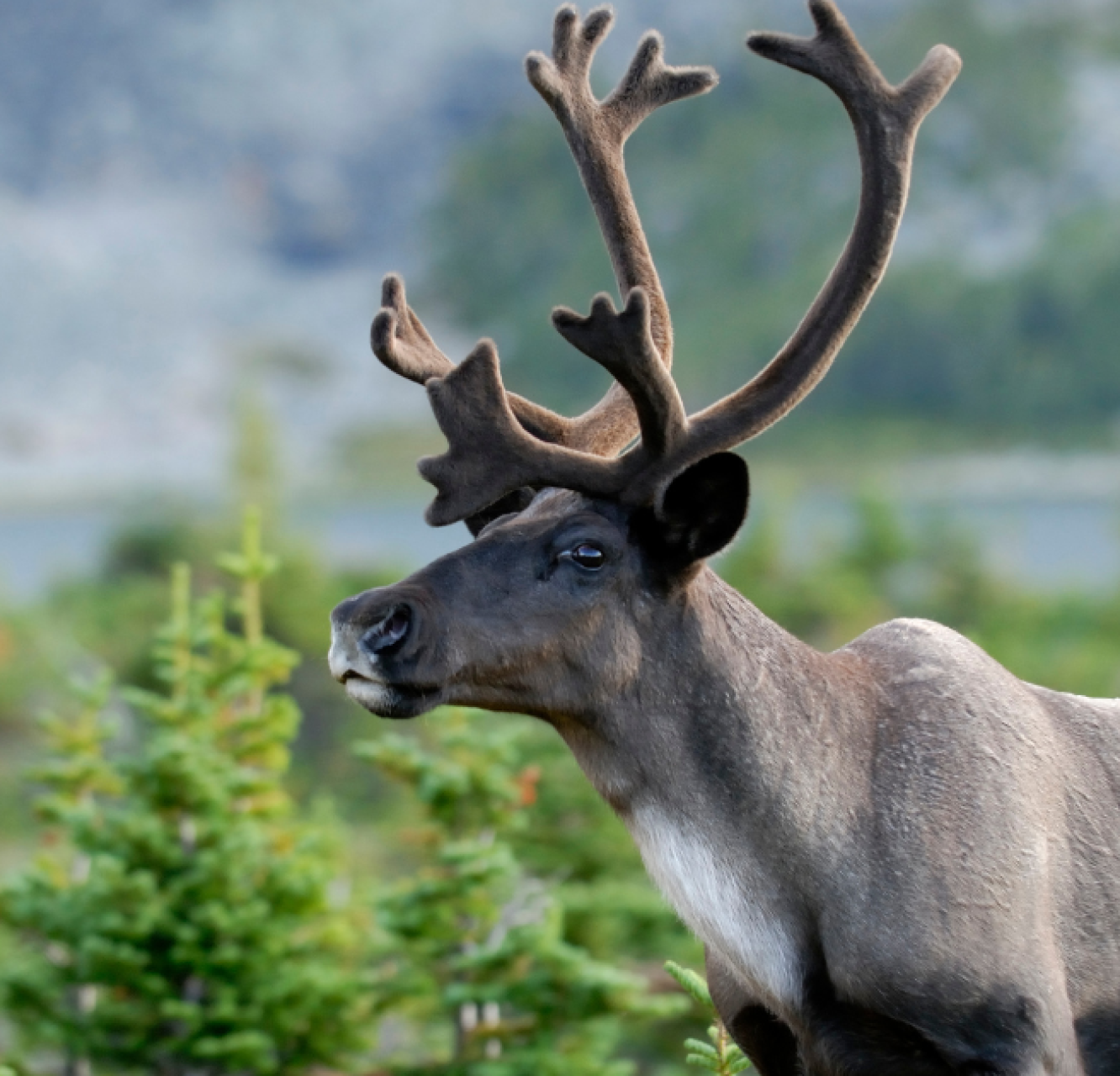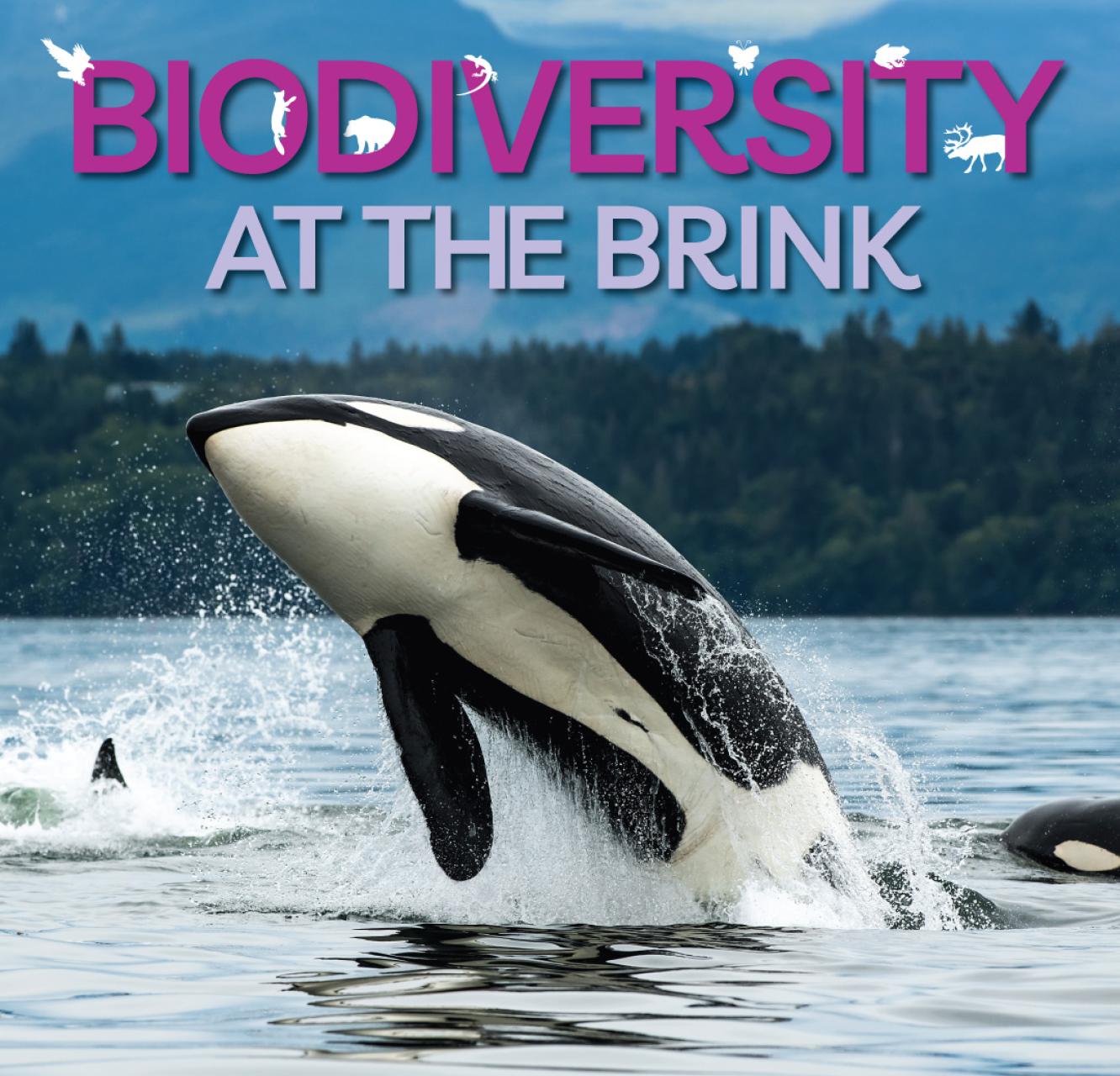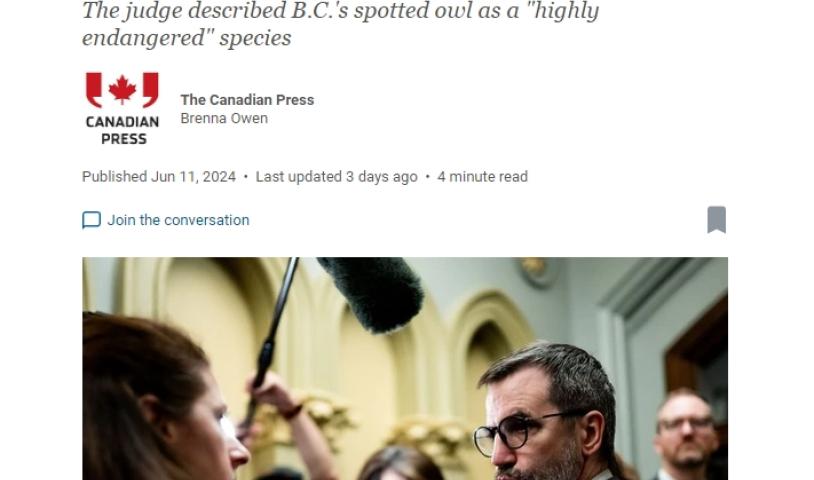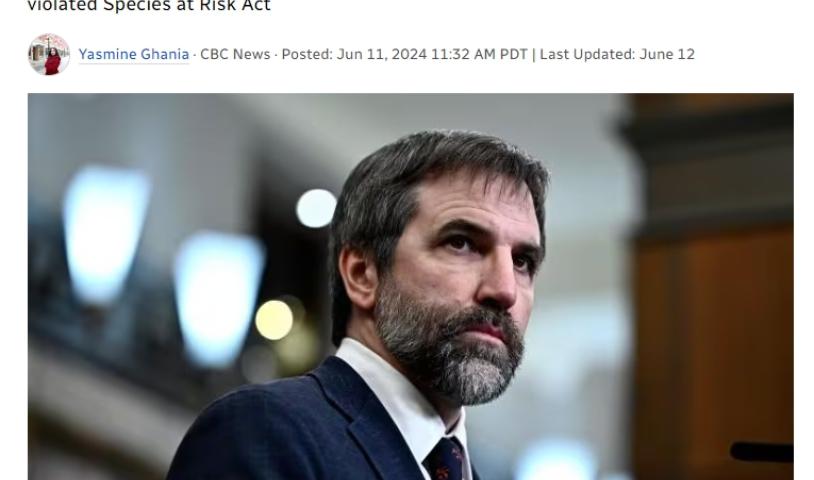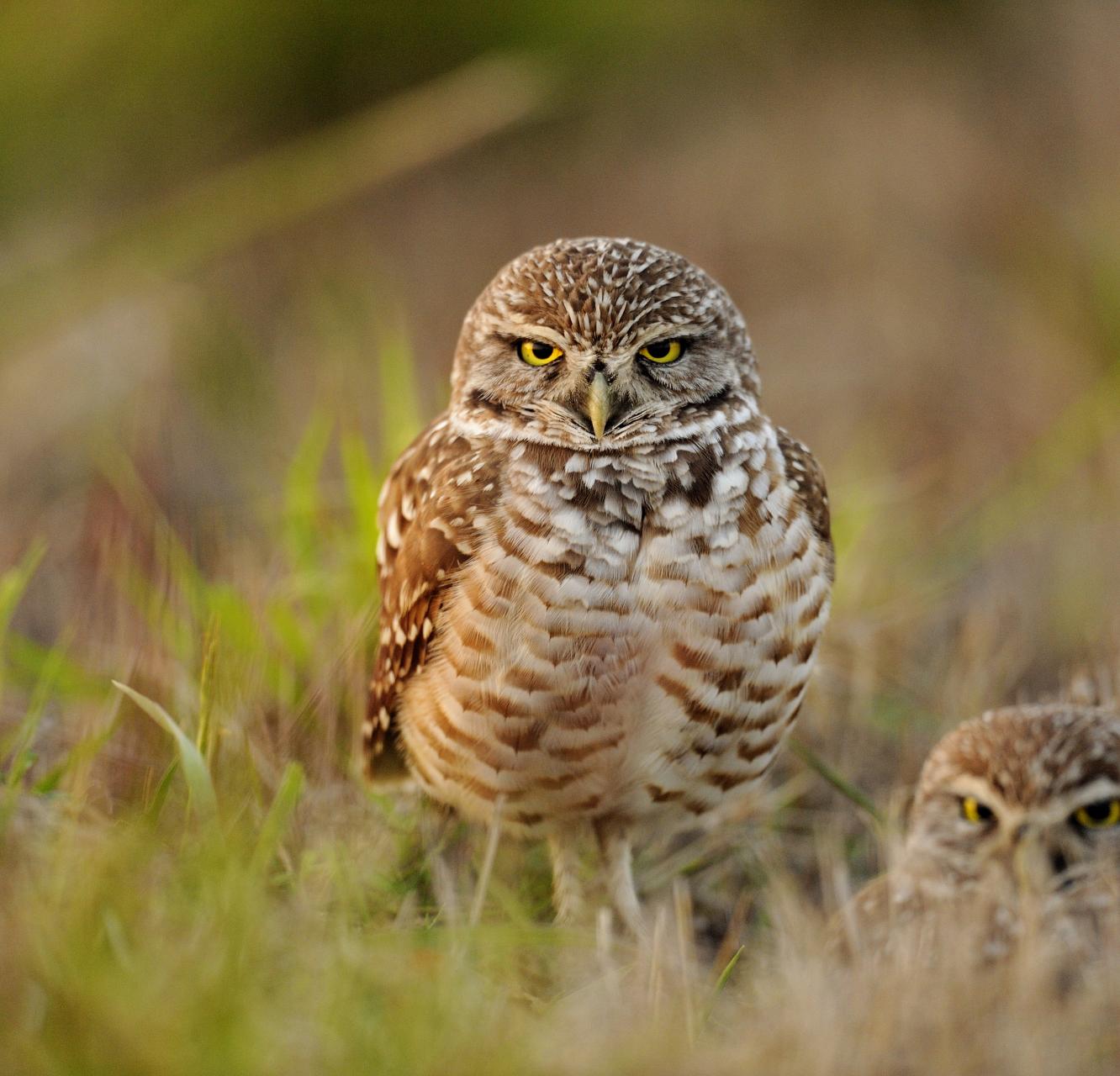Federal Species at Risk
The costs of weak legislation
Globally, more than one million species are teetering on the brink of extinction, vanishing at a rate the Earth hasn’t seen in over 10 million years. Canada contributes to this extinction crisis with more than 5,000 species at risk. This accelerating loss of life fuels the global biodiversity crisis, and despite having the Species at Risk Act (SARA) in Canada since 2003, the situation has only worsened.
The reality is that while SARA has the potential to slow down or halt this crisis, it relies too much on political will. Unfortunately, past and present federal governments have exploited vague wording and loopholes within the Act to avoid properly following or enforcing their own law, severely limiting its effectiveness in preventing extinctions.
Take Action
Stop species extinction in Canada
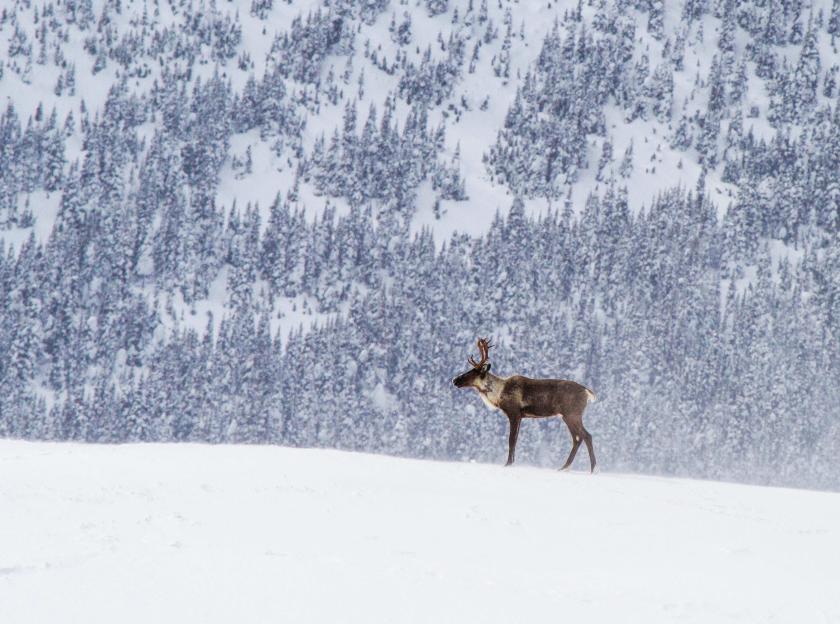
A safety net full of holes
In 2003, Canada passed the federal Species at Risk Act to legally protect species at risk and their habitat. However, instead of serving as the vital safety net biodiversity urgently needs, it has become a bureaucratic black hole, with very few species making it out. As of 2024, the federal government was a staggering 11 years behind on completing assessments and classifications of species at risk. At this rate, hundreds of species could vanish before they even receive official recognition and the protection they deserve.
More gaps than solutions
Due to loopholes, weak accountability and a lack of political will, species protection in Canada remains buried in bureaucracy while habitat destruction continues to accelerate in real time. Even when species are listed under SARA, it can take decades for meaningful protections to be put in place.
The survival of these species relies on protecting their critical habitat. From mapping and classifying their critical habitat to developing recovery plans, these bureaucratic processes often take years and are plagued by endless delays from federal agencies.
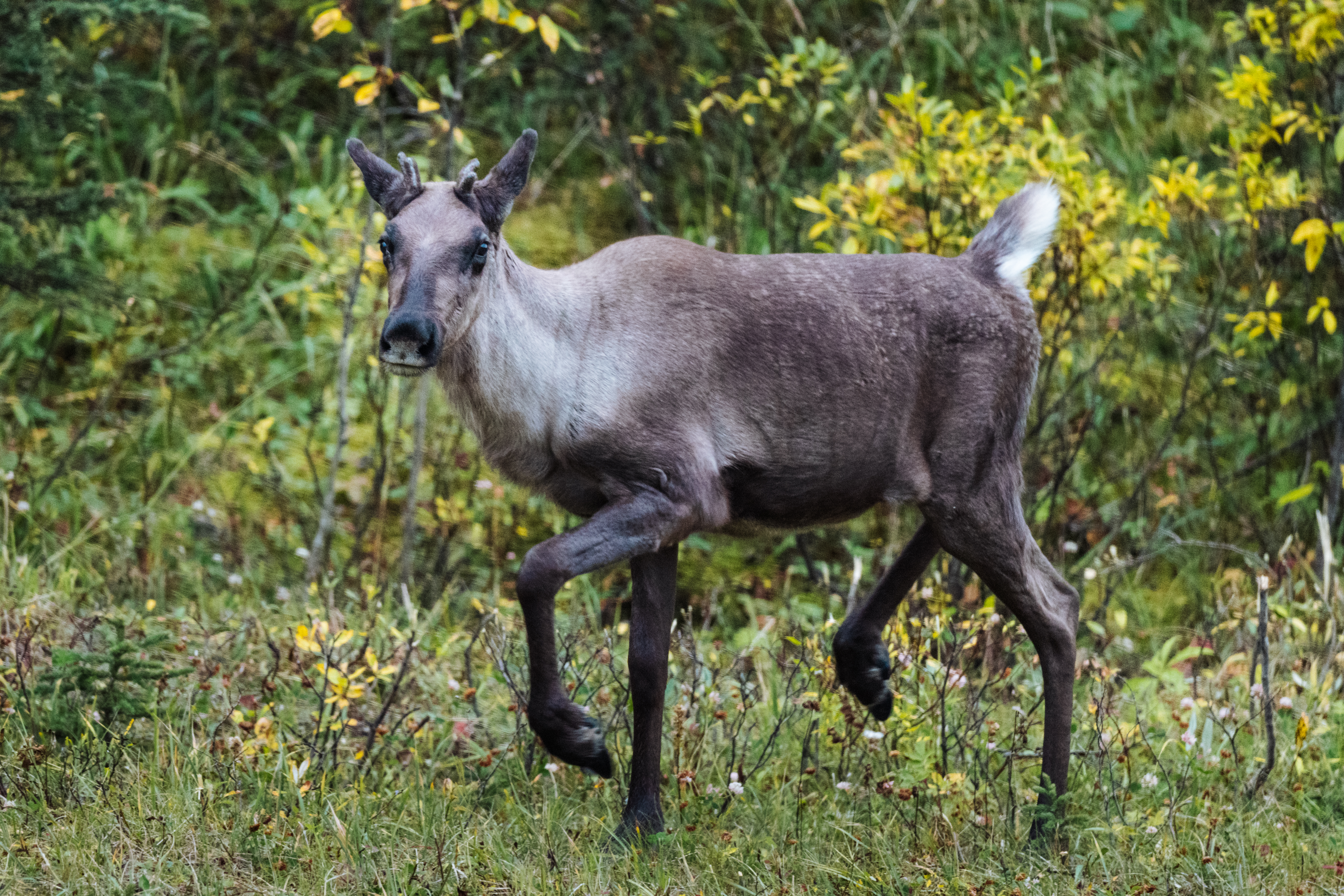
From federal to provincial law, whose job is to protect species?
One of SARA’s biggest flaws is that it only protects species in a small portion of the landscape. Its automatic protections only apply to species on federal lands and waters or to migratory birds. In practice, this means that unless a species lives in a national park, the ocean, a military base, a post office or an airport, it does not receive automatic protection. For terrestrial species, federal jurisdiction covers less than nine per cent of habitat.
In most cases, the responsibility for protecting species falls to the provinces. However, provinces like B.C., Alberta, Saskatchewan, PEI, Yukon and Nunavut still lack standalone laws to safeguard species in those lands and waters. And provinces like Ontario, which once had lauded species legislation, have now made so many cuts and gashes that their legislation does no better. This gap in the federal legislation’s ability to protect species within provincial landscapes leaves biodiversity vulnerable to relentless extractive industries and environmental destruction.
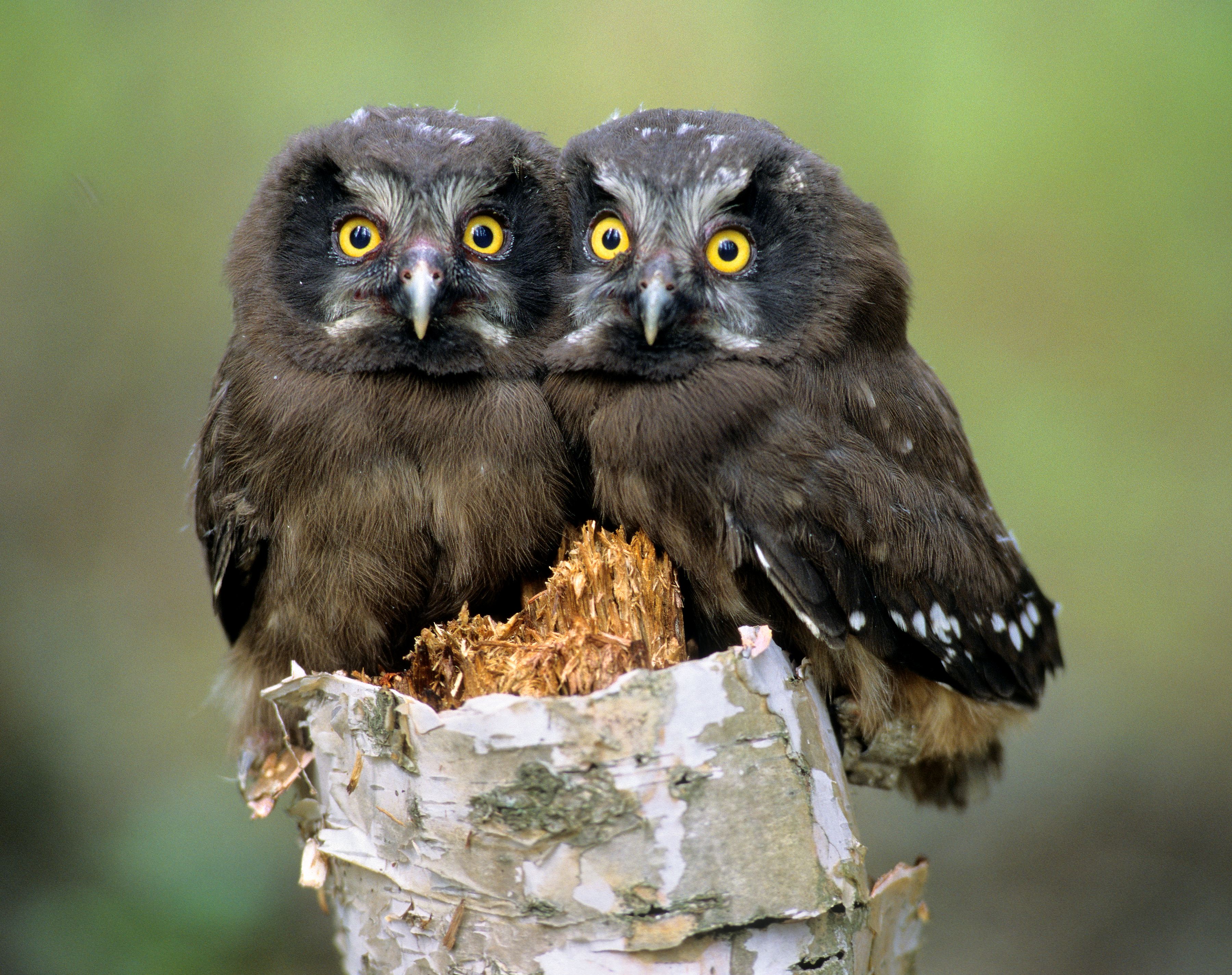
30x30 and beyond
With over 5,000 at-risk species in Canada, many of which have yet to be listed under SARA, it is clear that we need a solution that protects species beyond these loopholes and delays. The answer is to safeguard biodiversity on a larger scale by holding provincial and federal governments to their commitment to protect 30 per cent of lands and waters by 2030 (30x30).
Protecting vast amounts of habitat for species will give nature a fighting chance to recover. While this target is not the ultimate goal and nature deserves so much more, it’s a solid step toward securing much bigger protections.
International efforts to protect biodiversity
The Kunming Montreal Global Biodiversity Framework was adopted in 2022 by 196 countries, including Canada, to address the worldwide biodiversity and extinction crises. The framework, a bold piece of legislation, includes promises like protecting 30x30 and halting all human-induced species extinction by 2050. As a signatory, Canada is legally bound by these international commitments.
In 2024, Canada unveiled a 2030 Nature Strategy and committed to a Nature Accountability Act. However, as of August 2025, the Accountability Act remains unfinished, and funding to achieve many measures of the Nature Strategy is still uncertain. While Canada’s commitments to the global biodiversity framework remain to be seen, it’s clear that nature needs more than international promises that don’t make it back home.
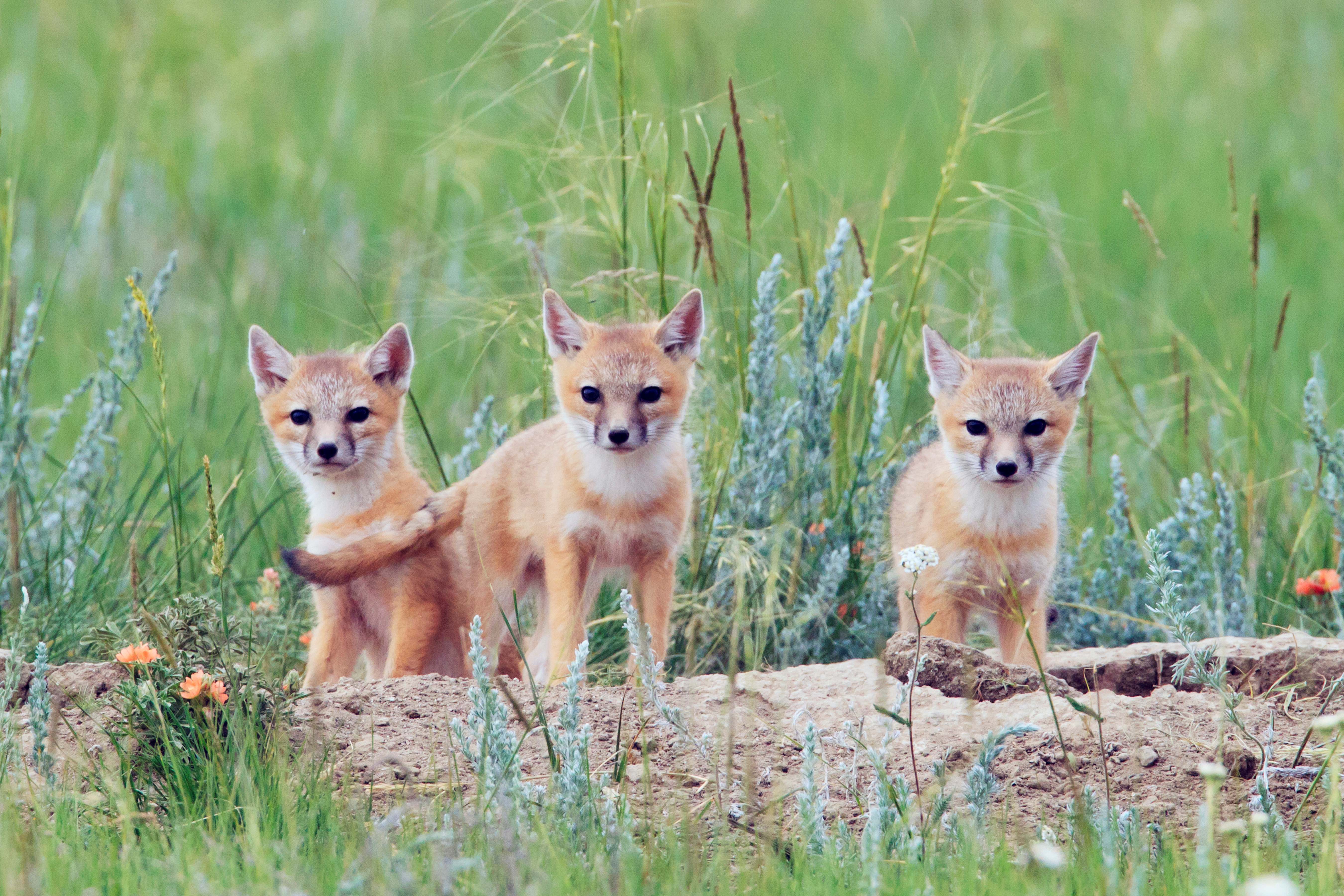
A fight that won’t stop until we win it
At the Wilderness Committee, we work tirelessly to challenge the destructive status quo that prioritizes profit and extraction above ecosystems and life itself. Whether advocating for stronger laws, taking governments to court to hold them accountable, or being on the ground documenting biodiversity loss in real time, our fight for species protection has taken many forms over the years. And it’s not slowing down.
Join us as we continue to protect habitat for species and for future generations.
B.C. logging practices “chipping” away at caribou survival
Wilderness Committee and Wildsight have discovered legislative loopholes that enable extensive logging in critical southern mountain caribou habitat in B.C. According to our new map analyses, more than 78 hectares of no-harvest zones (NHZ) — set aside for caribou in the Revelstoke area — have been logged or approved to be logged since then. An additional 1,367 hectares were logged in conditional harvest areas since the protections were put in place. Check out our video to learn more.
Biodiversity at the Brink
Globally, more than a million species are on the brink of extinction. They’re disappearing at a rate the Earth hasn’t seen in more than 10 million years. Laws in Canada are pushing them through the cracks. It’s time we raise our voices and remind governments to keep their promises to halt biodiversity loss and protect 30 per cent of lands and waters by 2030.
Campaign Gallery
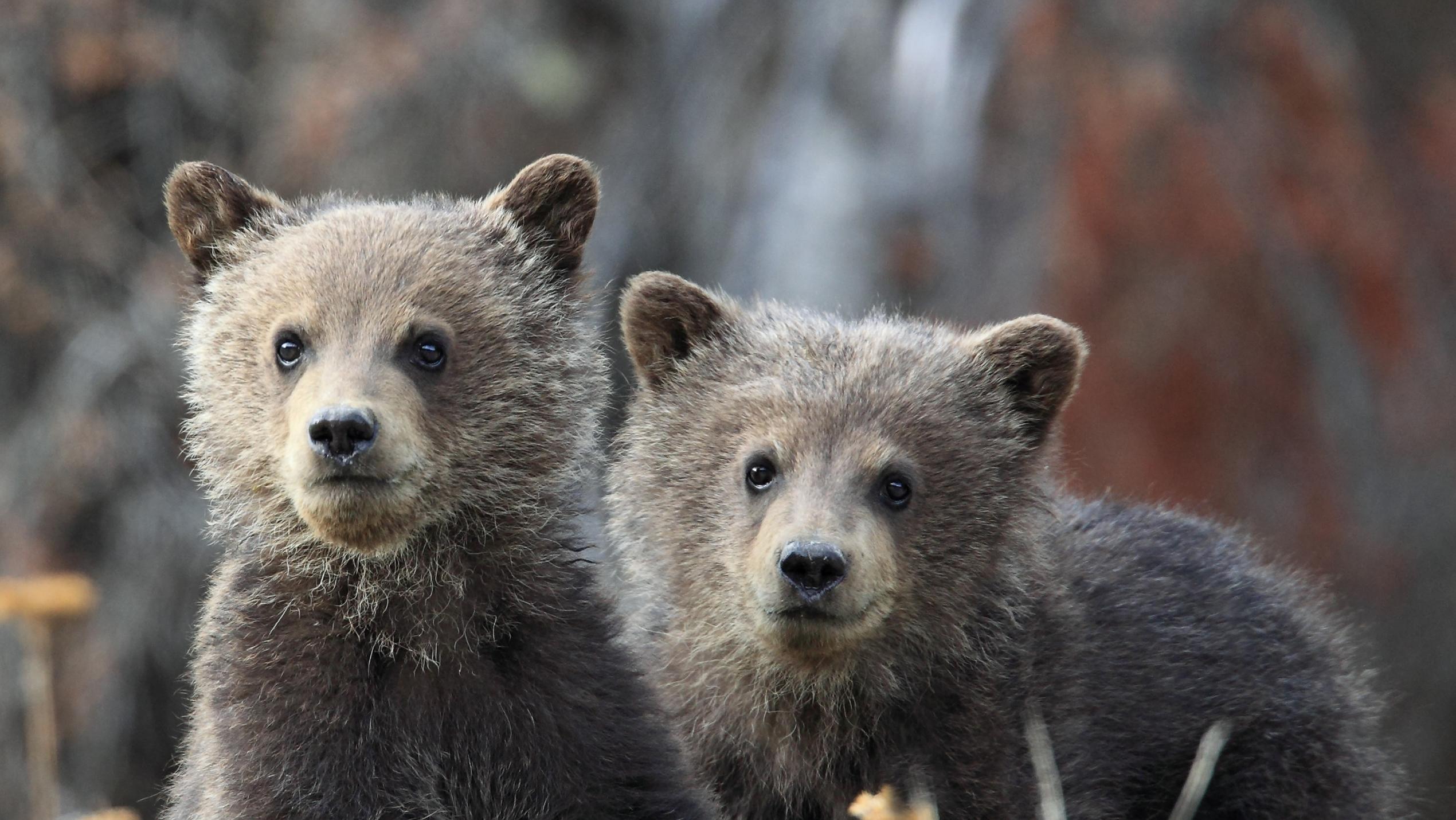
Check Out More Updates
Join Us
Don’t miss your chance to make a difference. Receive campaign updates and important actions you can take to protect wildlife, preserve wilderness and fight climate change.
